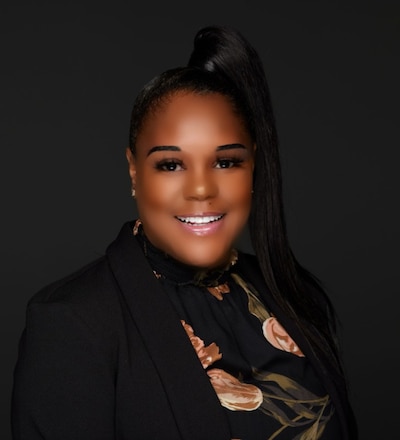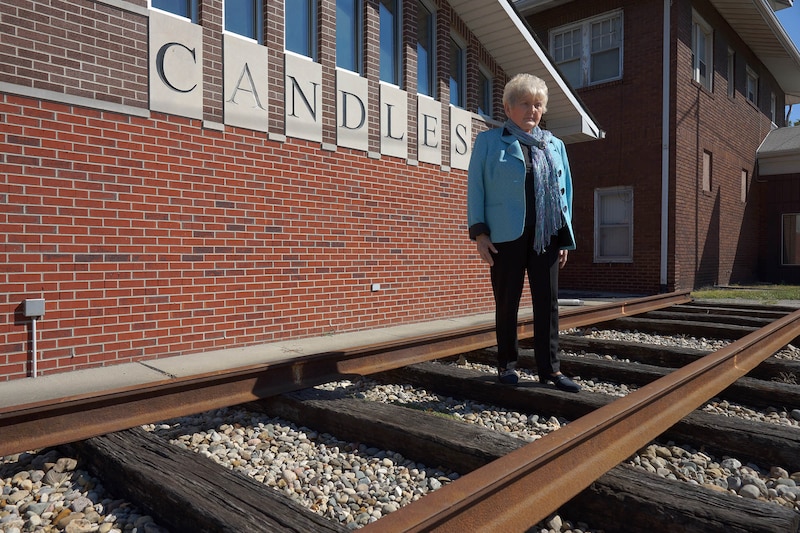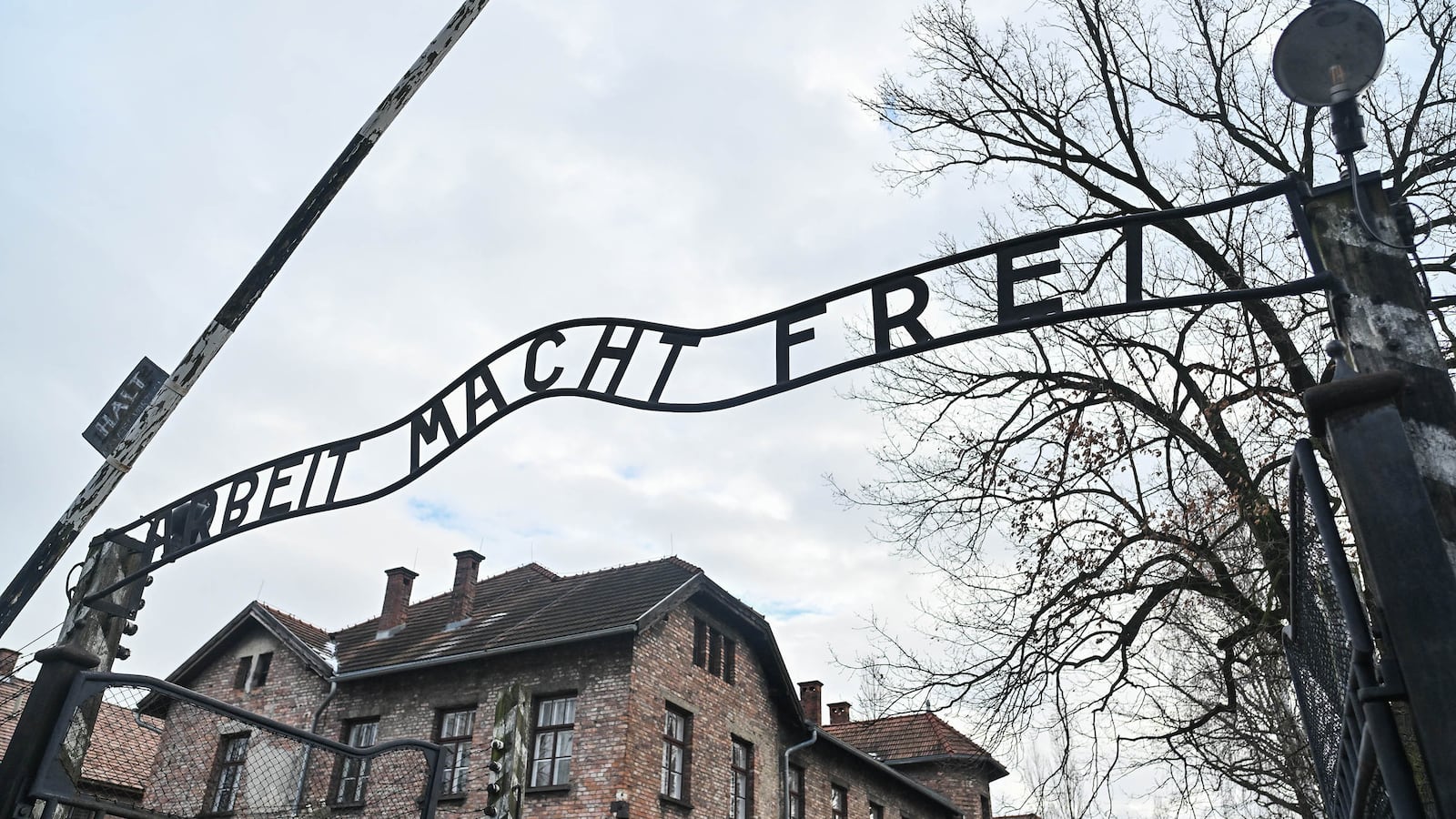When I was in sixth grade, I read Anne Frank’s “The Diary of a Young Girl.” This was my introduction to the Holocaust. I was so moved by her life — and subsequent death at the Bergen-Belsen concentration camp — that I vowed to never forget Anne and the six million Jews murdered by the Nazis.
My 12-year-old mind could not fathom the senselessness of her murder. As I was reading her diary, I fully expected the outspoken girl who liked to read and disliked math, who had crushes and dreams for the future, to live. Anne reminded me of myself. To this day, it still saddens and haunts me that she did not survive.

The similarities between the plight of the Jewish people and Black Americans were also not lost on me. I was moved by photos of Black American soldiers helping to liberate the Jews from concentration camps, and struck by the irony of those servicemen returning to the U.S. where they were denied basic rights, faced racial hostility, and were still not completely free. I am a high school English teacher, and I was determined to teach my students about Black soldiers, such as Cpl. James W. Baldwin, who helped liberate Europe from Hitler’s rule.
Then, last June, decades after I first read Anne’s diary, I had the opportunity to travel solo to Poland and Germany as a Funds for Teachers Fellow. I pursued this fellowship because I wanted to learn more about the Holocaust, as I teach a unit on the subject.
When I arrived at Auschwitz, where about 1 million Jews were murdered, the atmosphere was heavy. Despite it being a sweltering summer day, I felt a distinct chill flow through me as I entered the gates that read, “Arbeit macht frei,” German for “Work sets you free,” even though the millions who passed through those gates were killed or brutally imprisoned and forced to work.
At Auschwitz, I was not prepared for the artifacts that were left behind. There were suitcases bearing names, dishes, and bundles upon bundles of human hair that the Nazis used for textiles. It was especially difficult to see the children’s clothing and shoes, photographs of grossly emaciated prisoners — including kids — and the squalid living conditions they endured.

Entering the gas chamber there was like being transported back in time. The sharp scent of death still lingered in the air. It completely overwhelmed my senses, and I was moved to tears.
I also visited Oskar Schindler’s enamel factory in Krakow, Poland, which is now a museum. Schindler, a German businessman credited with saving more than 1,000 Jews, was the subject of Steven Spielberg’s Oscar-winning 1993 film “Schindler’s List.” Another museum visitor recommended the movie to me.
I watched it on my flight home from Europe — an emotional screening on the heels of an emotional trip. I was captivated by Schindler’s metamorphosis from an opportunistic industrialist to an upstander who, repulsed by the Nazis’ brutal treatment of Jews, developed a plan to save as many as he could. This year, I plan to have my AP students watch “Schindler’s List” and write a rhetorical analysis.
It’s one way my trip to Europe will shape how I teach about the Holocaust. I also created a PowerPoint about my trip to European Holocaust sites, and I have planned field trips to Indianapolis’ Peace Center for Reconciliation and Forgiveness, founded by a survivor of the 1994 Rwandan genocide and to a live production of “Letters From Anne and Martin,” which highlights the parallels between Anne Frank and Dr. Martin Luther King Jr.
In addition, my students will research a real Holocaust victim and learn their story. They will also hear about Eva Mozes Kor, a Holocaust survivor who, along with her twin sister, Miriam, endured the experiments of the brutal Nazi doctor Josef Mengele. Kor lived for many years in Terre Haute, Indiana, and opened a Holocaust museum and education center there. When I was at Auschwitz, I saw a large photo of Eva and her sister being liberated by Russian soldiers in 1945. (Kor died in 2019 at age 85.)
I also hope to speak to my son’s eighth grade humanities class as they study the rise of totalitarianism in the 20th century. And I look forward to sharing what I saw and learned during my Holocaust education fellowship in other schools and classrooms, too.
My students, and all students, should know what happened during the Holocaust. They should understand the importance of empathizing with those who are suffering, regardless of race or creed, and advocating for justice on their behalf. They will read the famous verse “First They Came For…” by Pastor Martin Niemöller, to help emphasize the danger of being indifferent to those in pain.
In memory of Anne Frank, whose story captured my 12-year-old self and whose death broke my heart, I am determined to help shape a generation of upstanders.
Nikia D. Garland teaches British Literature and AP Language and Composition at Arsenal Technical High School. She has taught a wide range of secondary and college-level ELA classes in the U.S. and internationally. Nikia has been a Terry Fear Holocaust Educator in Action recipient, a Mark Schonwetter Holocaust Education Foundation grant recipient, a Lilly Endowment Teacher Creativity Fellow, a Fund For Teachers Fellow, and a Grosvenor Teacher Fellow. In addition, she is a chair for the Indiana Teachers of Writing conference and president-elect for the Indiana affiliate of the National Council of Teachers of English.

